Whether you’re baking fluffy pancakes, crusty sourdough bread, a tender chocolate cake or crispy yet gooey cookies, one ingredient plays a silent but powerful role: leavening agents. These unsung heroes are responsible for the rise, lightness and texture in baked creations. But what exactly do they do and how do they work?
Leavening agents are substances used in baking to produce gas (usually carbon dioxide), which causes doughs and batters to rise, resulting in light, porous baked goods. They work by creating air pockets or expanding existing ones, giving structure and texture to products like bread, cakes, muffins and cookies. Leavening agents can be categorized into three types – biological, chemical and mechanical.
Let’s dive into the delicious science behind leavening agents and explore how they turn dense batters and doughs into airy, tender and mouthwatering masterpieces.
WHAT IS A LEAVENING AGENT
A leavening agent is any substance that causes dough or batter to expand by producing gas—usually carbon dioxide (CO₂) or steam. This gas forms bubbles or pockets in the dough, which are trapped by the gluten structure (in flour-based recipes) or by proteins (eggs). As the product bakes and sets, those bubbles become the airy holes you see in bread, muffins, cakes and more.
There are three main types of leavening agents, each of which works differently, but all of them aim for the same goal which is a perfect rise:
Biological
Chemical
Mechanical
BIOLOGICAL LEAVENING
1. YEAST
Yeast is a living micro-organism that feeds on sugars in your dough and produces CO₂ and alcohol through fermentation. This process is slow as yeast fermentation doesn’t just create gas, but it also adds complex, slightly tangy flavors that make artisan breads special.
Used in: breads, rolls, pizza doughs
Time: requires time for proofing or fermentation
Texture: chewy and structured
Flavour: deep, fermented and slightly tangy
Common Form: active dry yeast, instant yeast, fresh yeast
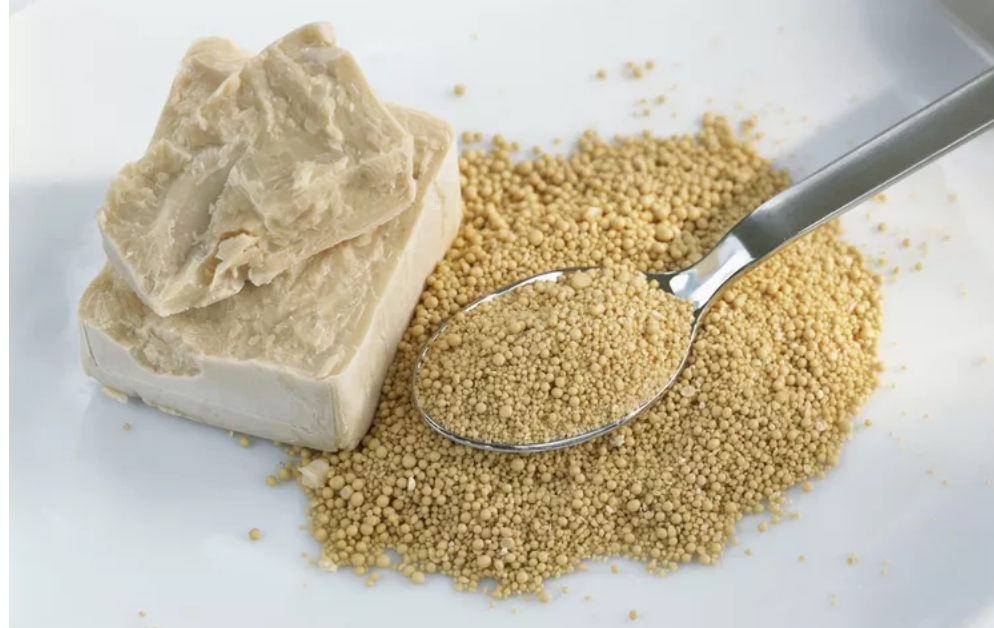
2. SOURDOUGH STARTER
A sourdough starter is a naturally fermented mixture of flour and water that captures wild yeast and beneficial bacteria from the environment. It’s a living culture that acts as both a leavening agent and a flavor booster.
Used in: sourdough bread, rustic loaves, waffles
Texture: chewy, open crumb
Flavor: tangy, rich, complex
Time: requires long fermentation; flavor develops over hours or days
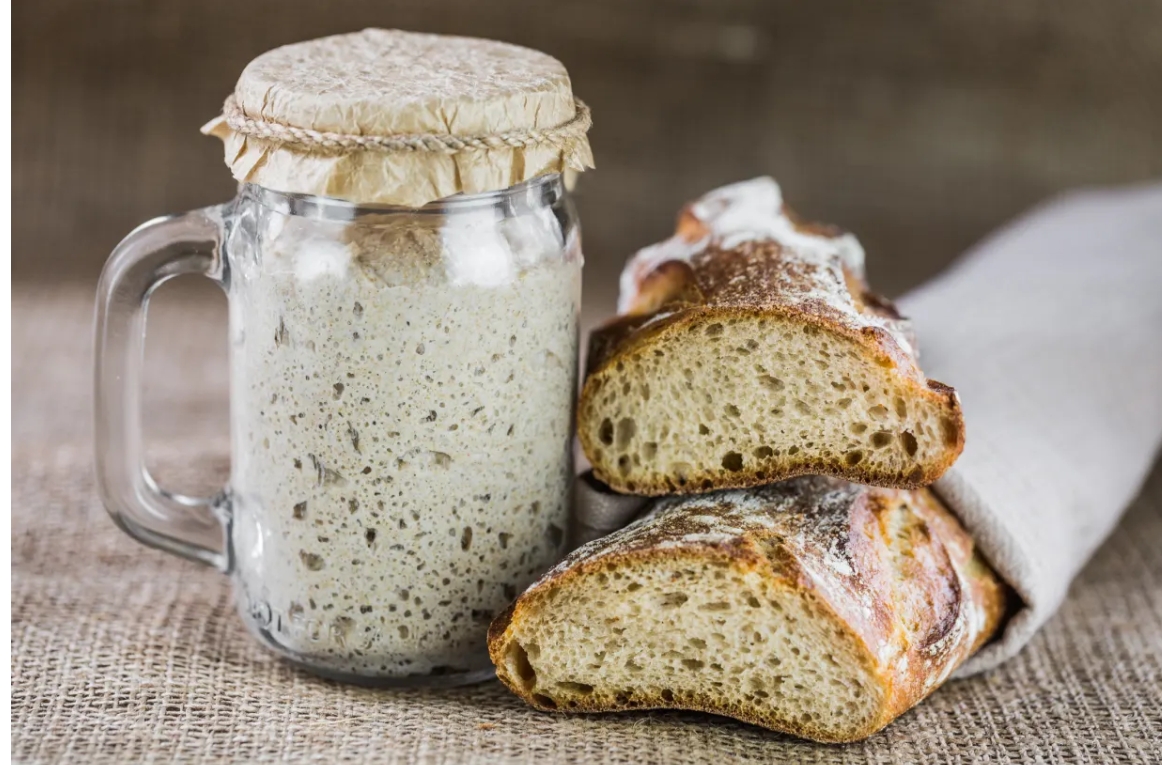
CHEMICAL LEAVENING
BAKING SODA
Baking soda is a base that needs an acidic ingredient like buttermilk, yogurt, vinegar or lemon juice to react and release CO₂.
Used in: Cookies, muffins, pancakes
Caution: Too much without enough acid can lead to a bitter or soapy taste
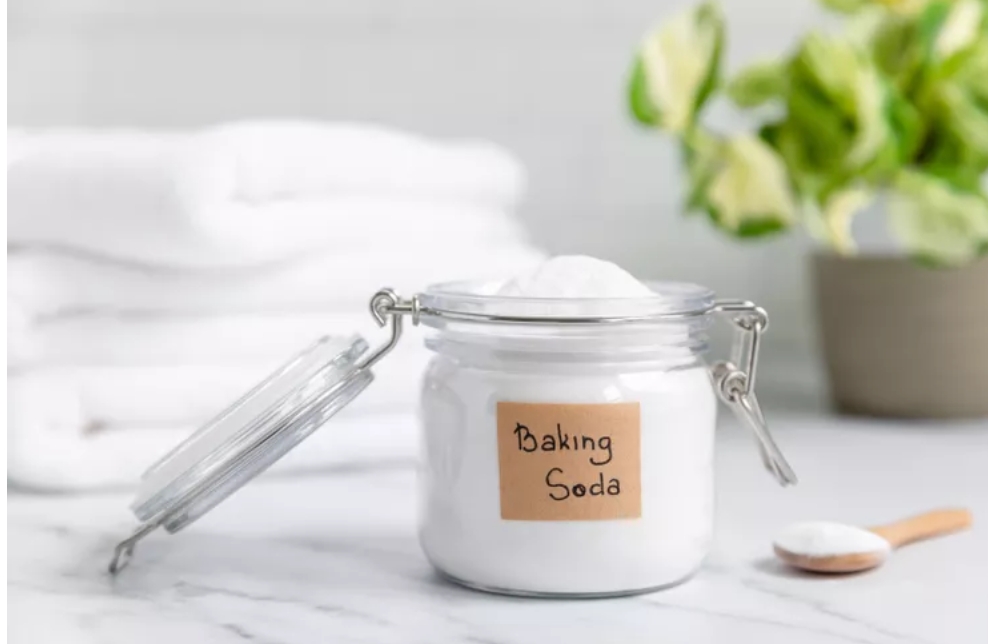
2. BAKING POWDER
Baking powder already includes both the base, baking soda and acid. It’s a complete leavening system in a single spoonful. Most baking powders today are double-acting, meaning they release gas twice: once when mixed and again in the oven.
Used in: Cakes, biscuits, scones, muffins
Reliable: Doesn’t require extra acidic ingredients
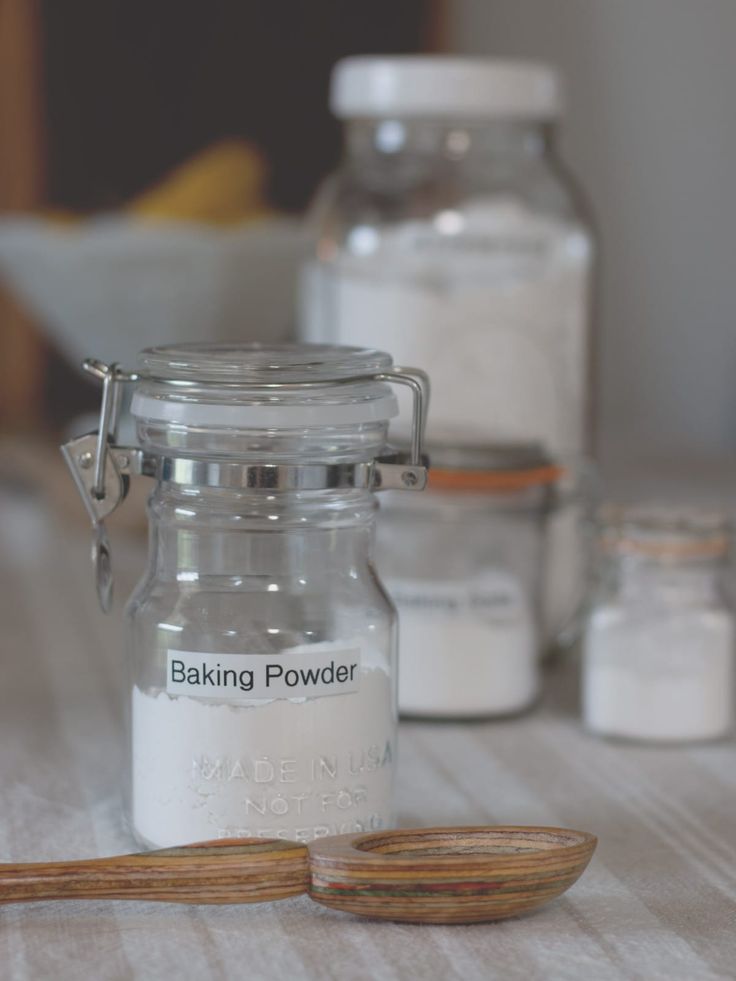
3. BAKER’S AMMONIA (AMMONIUM BICARBONATE)
This old-school leavening agent is great for very thin cookies, where the ammonia can evaporate completely. It creates crispness that baking powder can’t match.
Used in: European-style cookies, crackers
Avoid in: moist or thick baked goods (ammonia odor can linger)
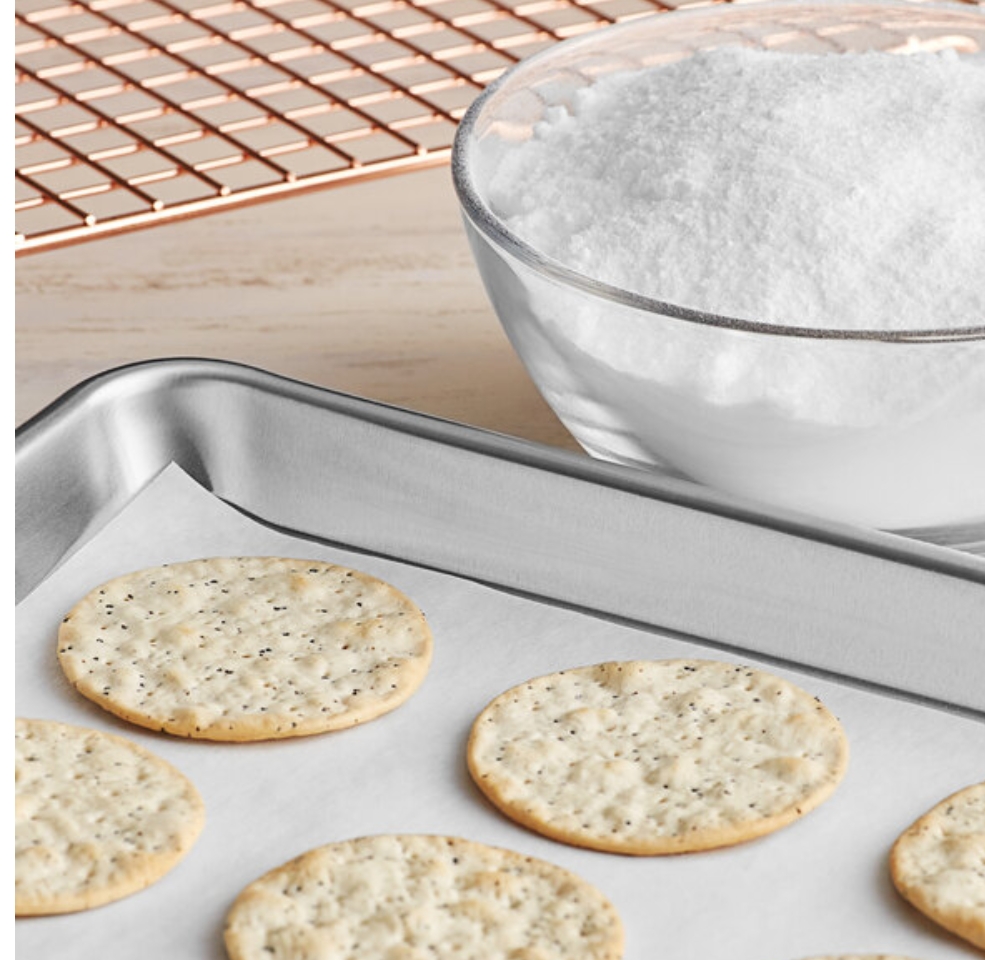
MECHANICAL LEAVENING
1. AIR
Whipping egg whites or cream incorporates air, which acts as a leavening force. Creaming butter and sugar together also traps tiny air pockets that expand during baking. Air is also trapped in batters during the process of whisking and beating.
Used in: sponge cakes, angel food cakes, soufflés
Texture: Delicate, airy, tender
Note: Requires gentle handling—overmixing can deflate the bubbles
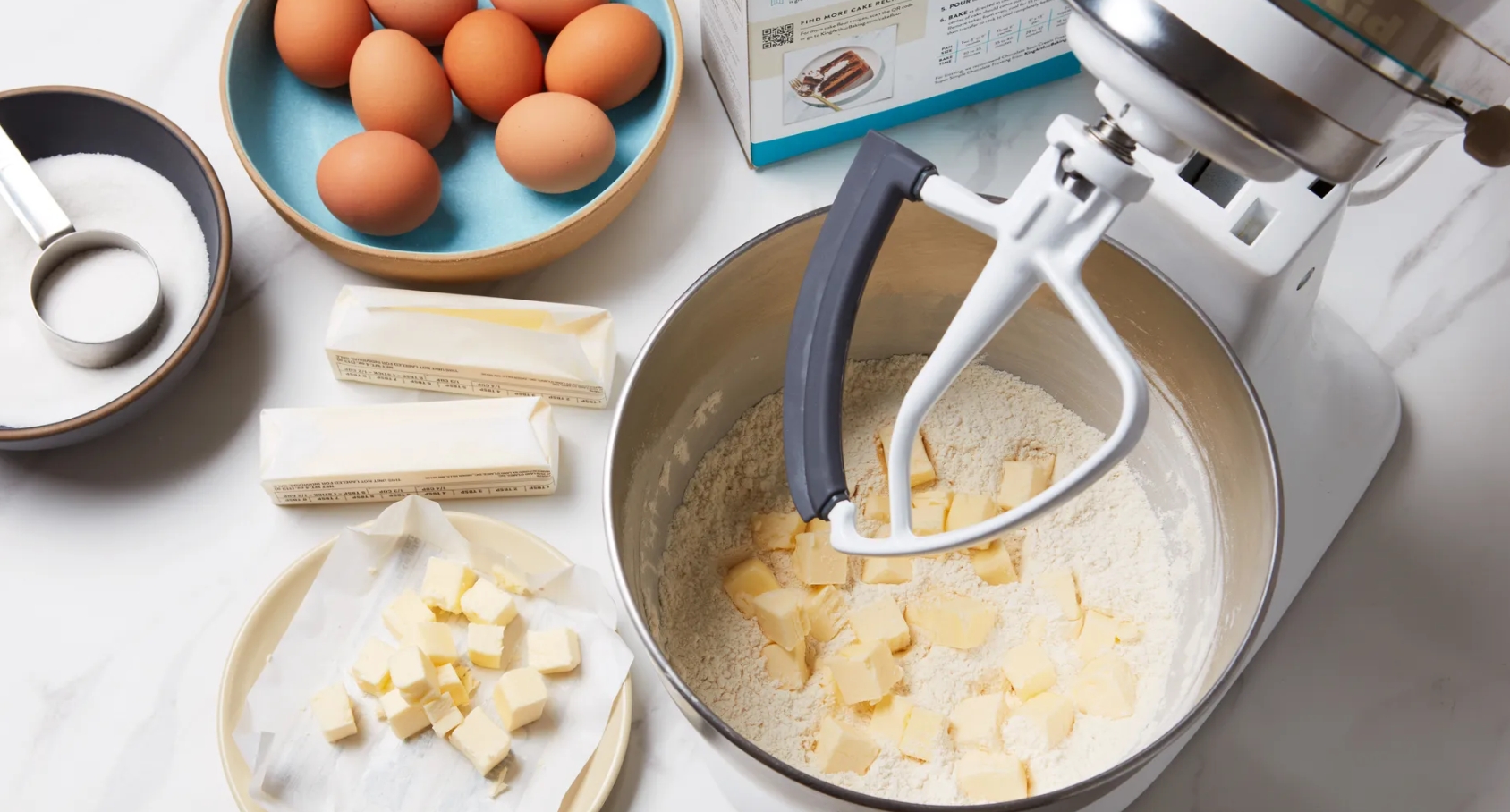
2. STEAM
When water in the batter or dough heats up, it turns to steam—a powerful force for lift. Steam works fast and is especially important in recipes with high moisture content and no chemical or biological leavening agents.
Used in: puff pastry, choux pastry (like cream puffs), popovers
Texture: Crisp outside, hollow inside, dramatic rise
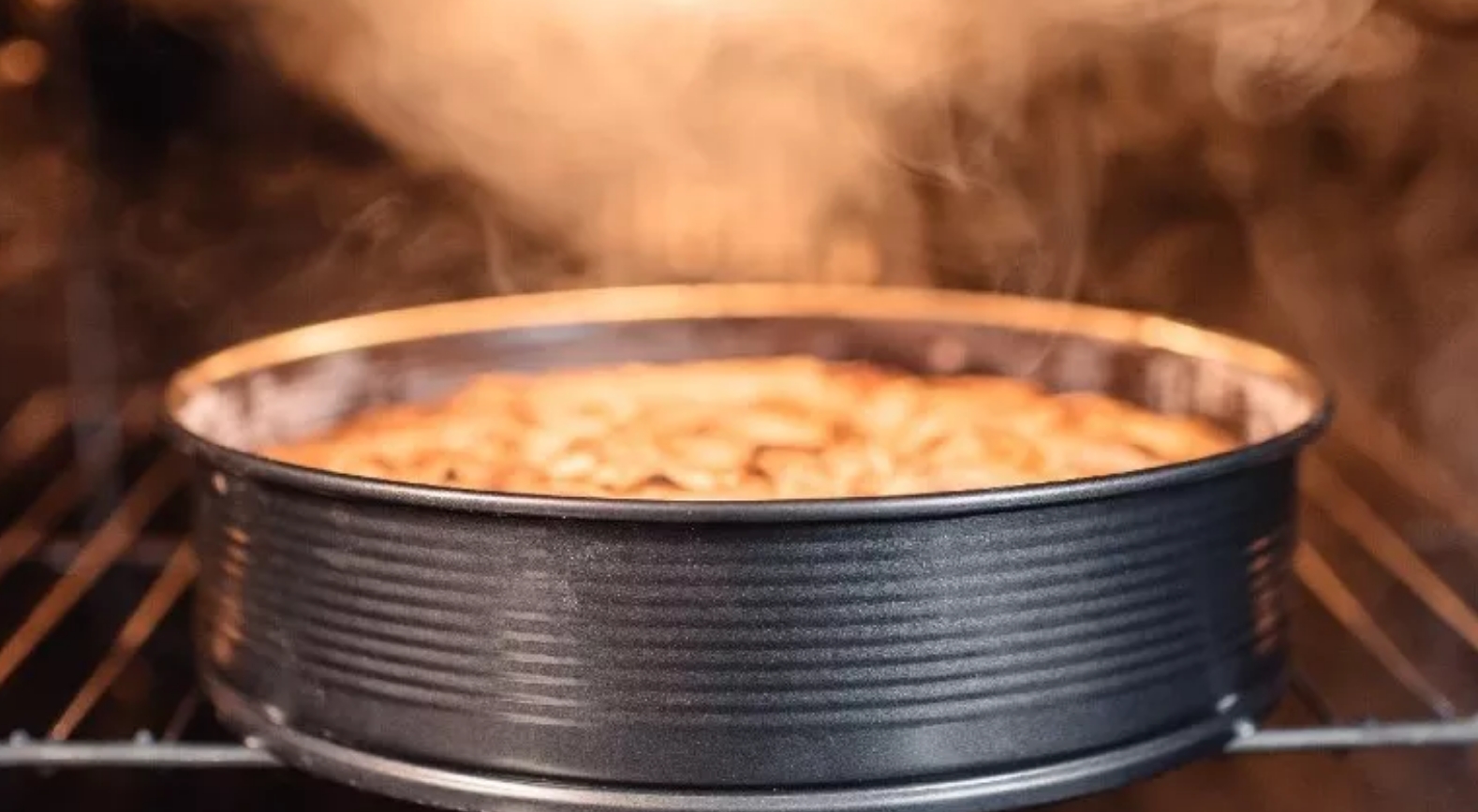
WHY LEAVENING AGENTS MATTER
Leavening agents, as we have established, are the life force behind baked goods. They provide the required texture from soft and fluffy cakes to chewy breads, they provide volume and height to the baked goods, they keep baked goods light and ensure a smooth mouthfeel without the baked goods feeling too dense or doughy, they also provide a complex flavour to the baked goods, especially in fermented products like sourdough where leavening agents contribute to complexity. Without leavening, a cake is just a sweet pancake and a loaf of bread becomes a floury brick. Leavening agents is what gives baked goods life—literally and figuratively.
Choosing the right leavening agent depends on what you’re baking and the result you want as each of them impart distinct textures and flavours. Whether it’s the slow and flavorful rise of yeast or the instant lift of baking powder, understanding how each works helps you become a more confident, creative baker. So, the next time you bite into a perfectly risen muffin or marvel at the crackly top of a sourdough, take a moment to appreciate the science and magic behind the leavening agents.
I hope this article helped you work through the different types of leavening agents you can use while making desserts. Keep baking and don’t forget to share your images with me on my Instagram @shivesh17

 Hello. I'm Shivesh Bhatia, a food blogger and food stylist from Delhi, India. Welcome to Bake With Shivesh, where I'll help you create magic in your kitchens with my simple recipes.
Hello. I'm Shivesh Bhatia, a food blogger and food stylist from Delhi, India. Welcome to Bake With Shivesh, where I'll help you create magic in your kitchens with my simple recipes.
Leave a Reply